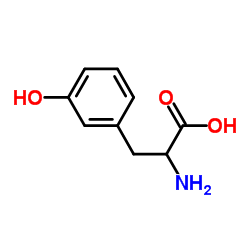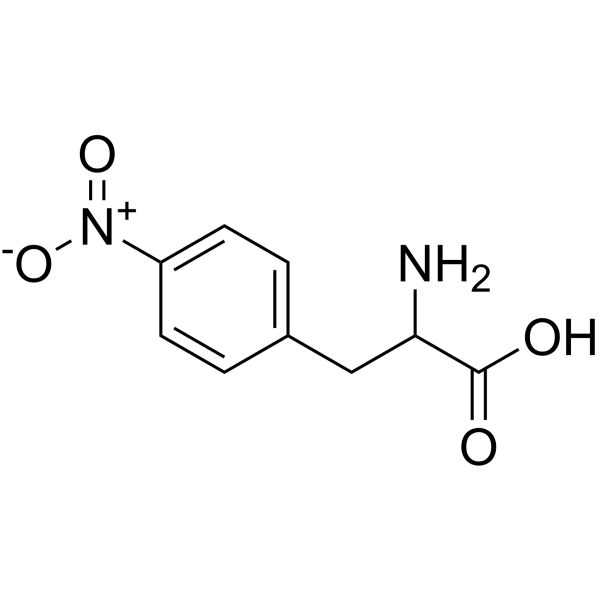| Structure | Name/CAS No. | Articles |
|---|---|---|
 |
DL-m-Tyrosine
CAS:775-06-4 |
|
 |
L-4-Nitrophenylalanine
CAS:2922-40-9 |